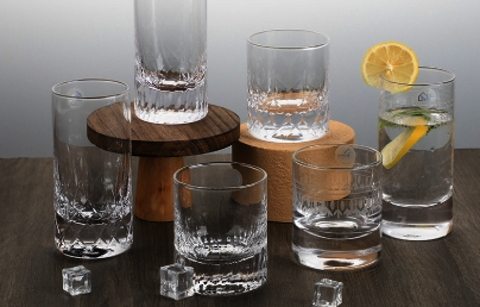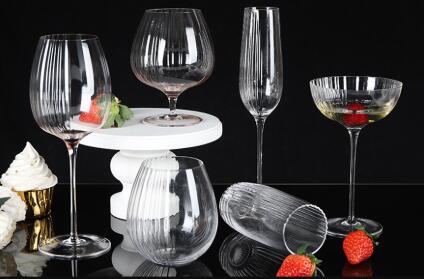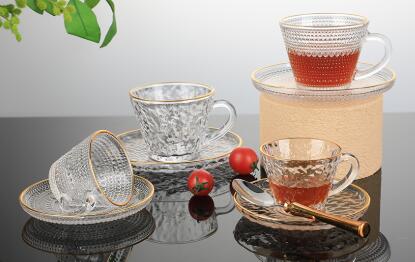How to produce and distinguish glassware?
Pulished on May. 13, 2019In our daily life, we often use various kinds of glass products, such as glass windows, glasses, glass sliding doors and so on. Glass products are beautiful and practical. They can not only be loved by their transparent appearance, but also make full use of their hard and durable physical properties. Some art glass can even make the glass have more patterns and enhance the decorative effect. In this article, we will introduce the main process of glass manufacturing and how to distinguish glass.
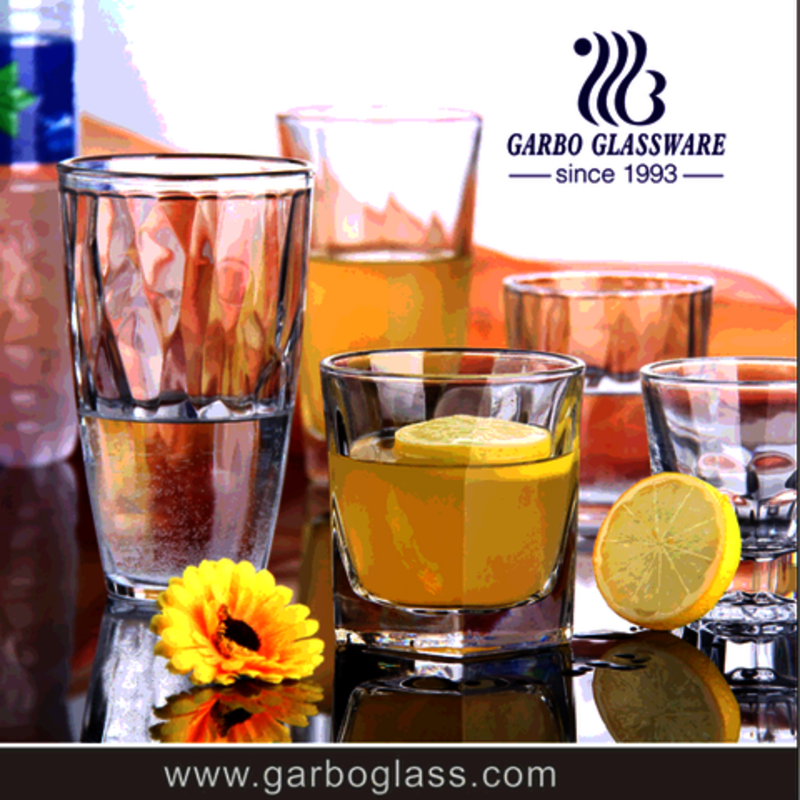
The glass making process mainly includes:
1. Pre-processing of raw materials. Crushing massive raw materials to dry wet raw materials and removing iron from raw materials to ensure glass quality;
2. Preparation of batch;
3. Melting. Glass batch is heated at high temperature in a tank kiln or crucible kiln to form uniform, non-bubbly liquid glass that meets the forming requirements.
4. Forming. Processing liquid glass into products of desired shape, such as flat plates, various utensils, etc.
5. Heat treatment. By annealing and quenching, stress, phase separation or crystallization in glass can be eliminated or produced, and the structural state of glass can be changed.
The glass making process mainly covers:
Supporting wire; 2. Blowing ball; 3. Outer skin opening; 4. Inner gallbladder opening sealing; 5. Interface; 6. Backing; 7. Labeling; 8. Annealing.
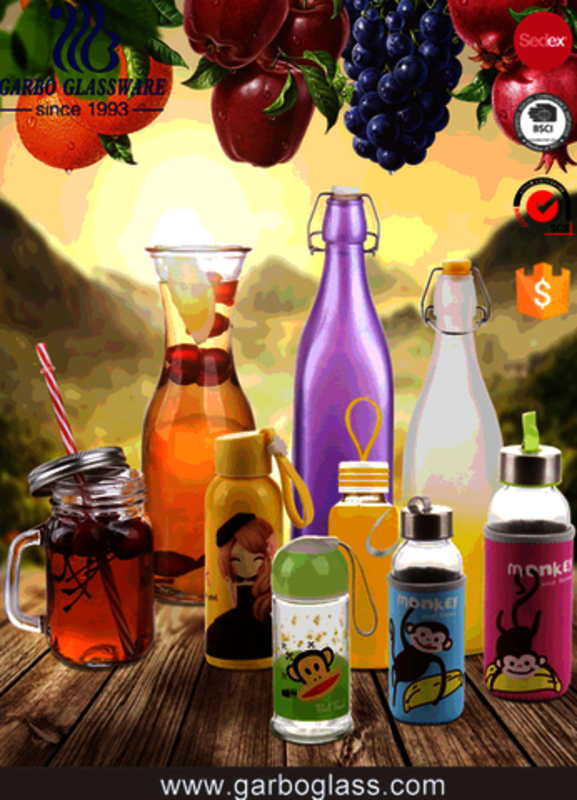
How to distinguish glasses?
Classification by use
1. Alcohol bottles. Almost all liquors are packaged in glass bottles, mainly in round bottles.
2. Daily packing glass bottles. Usually used for packaging various daily commodities, such as cosmetics, ink, glue, etc., because there are many kinds of commodities, its bottle shape and seal are also diverse.
3. Canned bottles. Canned food has many kinds and large output, so it is self-contained. Multi-purpose wide-mouth bottle, capacity is generally 0.2-0.5L.
4. Medical bottles. This is a glass bottle for packing medicines. There are small brown muzzle bottles with capacity of 10-200 mL, infusion bottles with capacity of 100-1000 mL, fully sealed ampoules and so on.
5. Bottles for chemical reagents. Used for packaging various chemical reagents, the capacity is generally 250-1200 mL, the bottle mouth is mostly screw or grinding.
6. Classify by color: colorless transparent bottle, white bottle, brown bottle, green bottle and blue bottle.
According to the shape of bottleneck, there are neck bottles, neckless bottles, long-necked bottles, short-necked bottles, thick-necked bottles and thin-necked bottles.
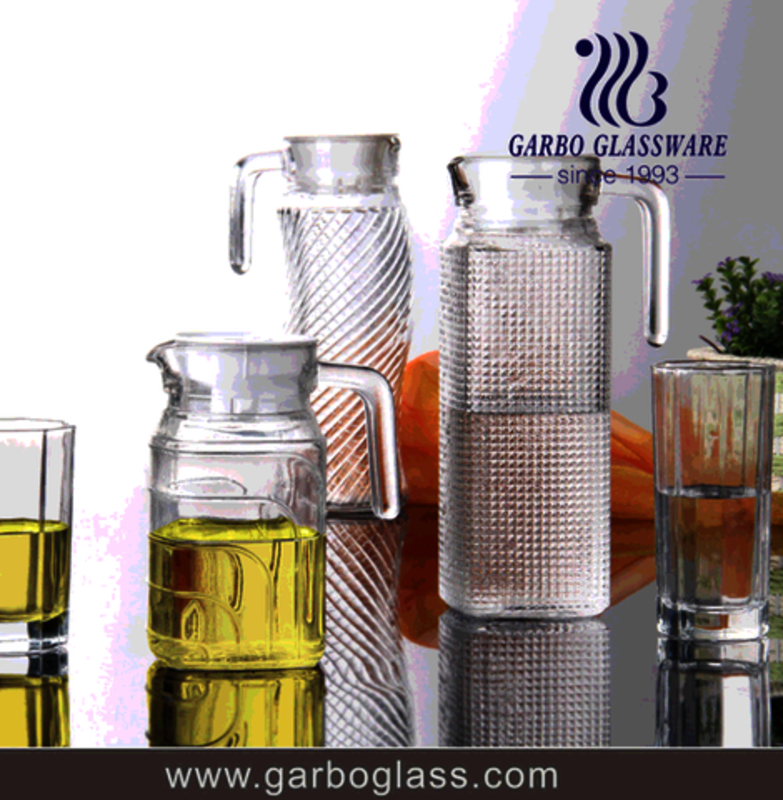
Related concepts
Flower receptacle
Glass is made of glass, which is usually made of high borosilicate glass. It is a new type of environmental protection tea cup, which is fired at a temperature of more than 600 degrees. Glass is divided into double glasses and single glasses, its production process is different, double glasses mainly meet the needs of advertising cups, can be printed on the inner logo company for promotional gifts or gifts, and the insulation effect is more outstanding.
Glass
Glass is an amorphous inorganic non-metallic material, which is usually made from a variety of inorganic minerals (such as quartz sand, borax, boric acid, barite, barium carbonate, limestone, feldspar, soda ash, etc.) and a small amount of auxiliary materials. Its main components are silica and other oxides. The chemical composition of ordinary glass is Na2SiO 3, CaSiO 3, SiO 2 or Na2O CaO 6SiO 2, etc. The main component is silicate compound salt, which is an amorphous solid with irregular structure. Widely used in buildings, used for wind insulation and light transmission, belongs to mixtures. Others are colored glasses mixed with oxides or salts of certain metals, tempered glasses made by physical or chemical methods, etc.







